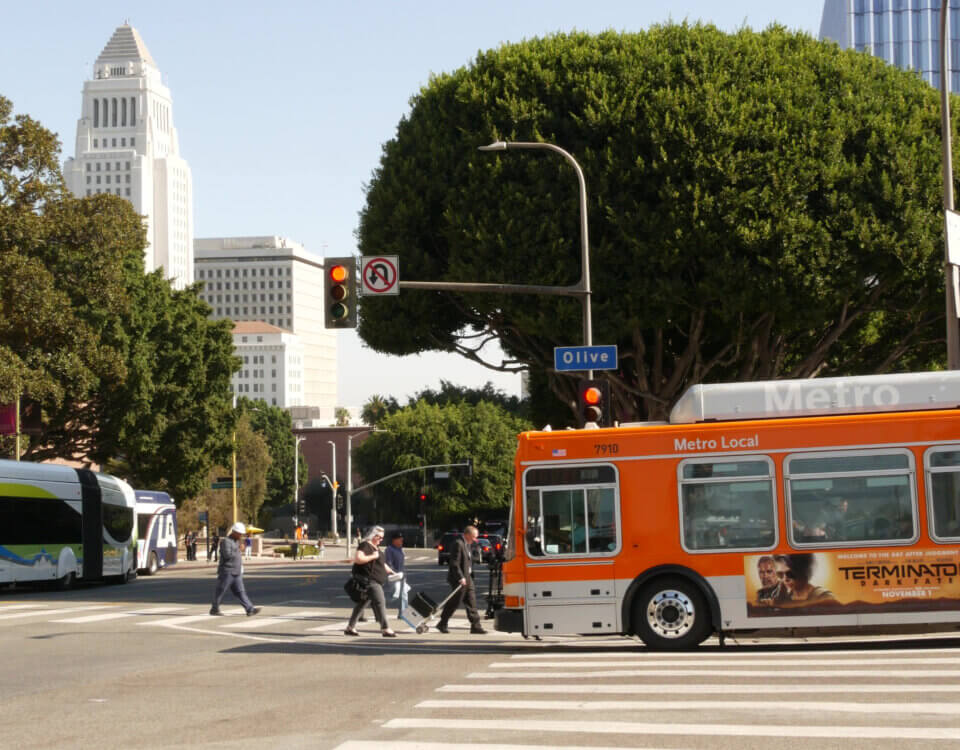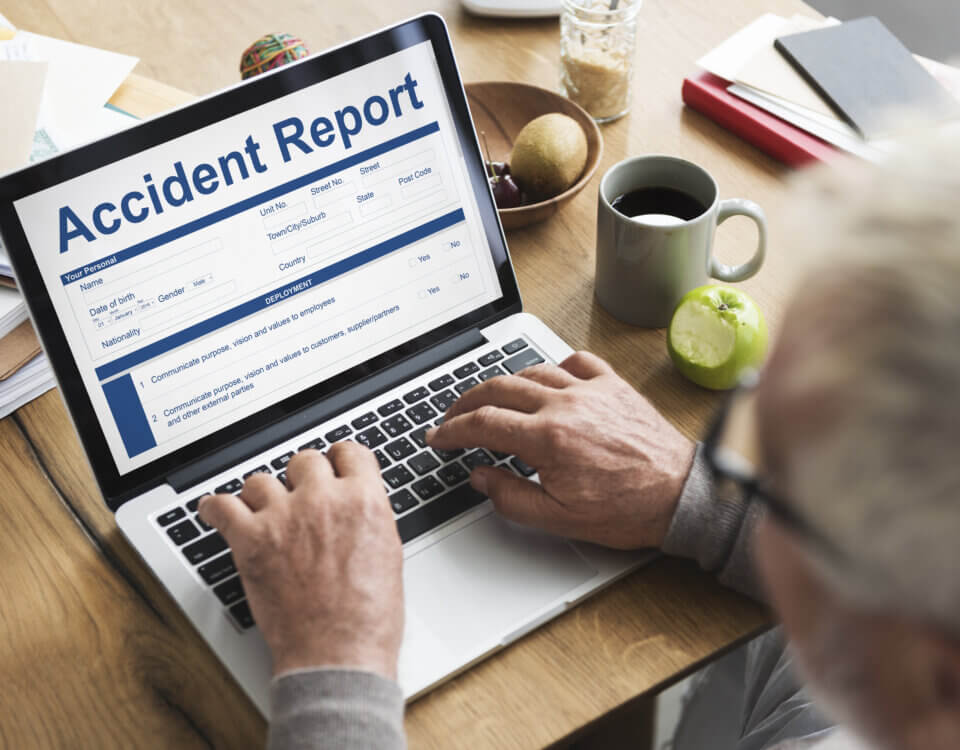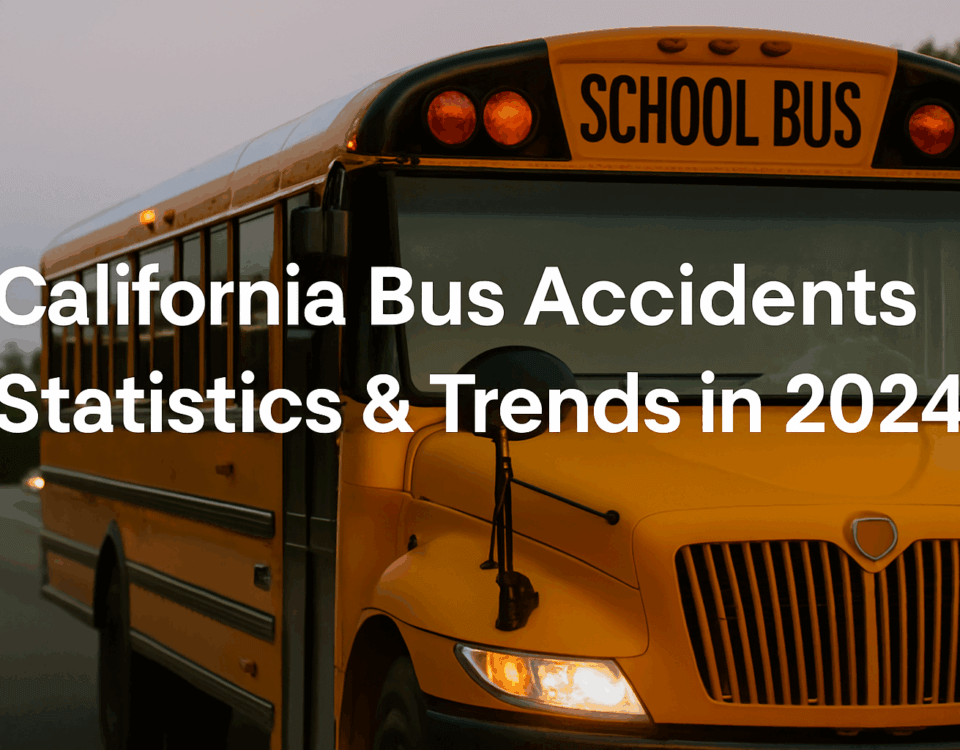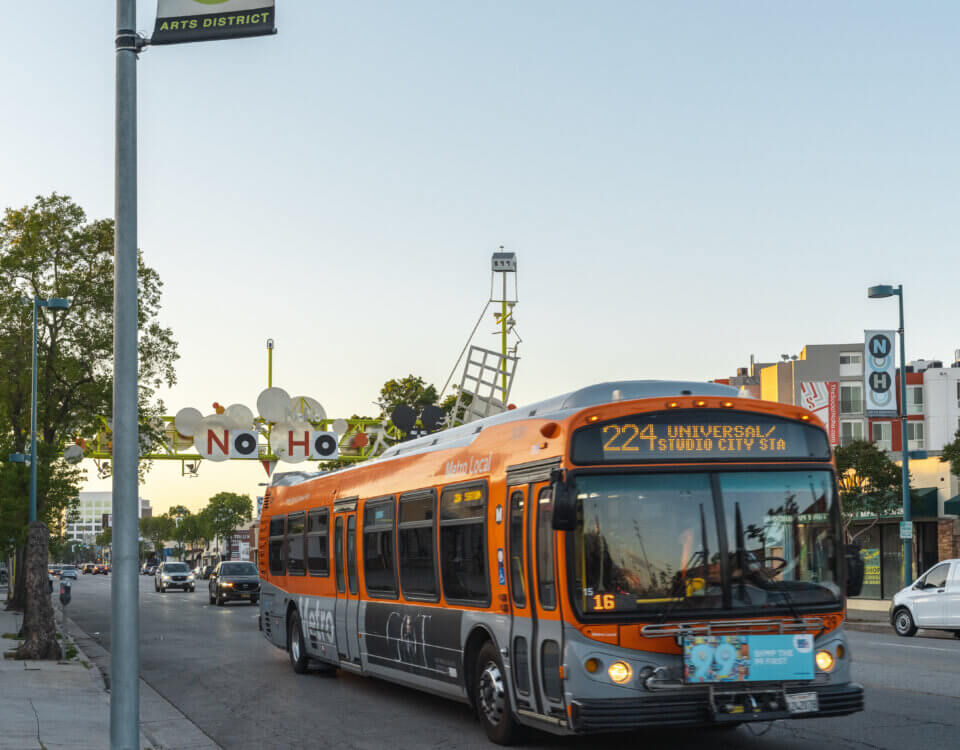Accessible public transportation is essential for creating inclusive communities. In California, cities are working to ensure that buses, light rail systems, and commuter trains meet the needs of riders with disabilities. While progress has been made, challenges remain that affect safety, convenience, and independence.
Current Accessibility Features
- Wheelchair Ramps and Lifts: Most buses and rail stations include ramps or lifts for boarding.
- Priority Seating: Designated spaces for riders with mobility devices or other needs.
- Audio and Visual Announcements: Stop notifications assist riders with hearing or vision impairments.
- Paratransit Services: Many counties offer door-to-door transportation for individuals unable to use standard transit.
Ongoing Challenges
- Inconsistent Maintenance: Broken ramps or lifts can leave riders stranded.
- Station Design Barriers: Narrow platforms or lack of elevators in older stations may make navigation difficult.
- Crowded Vehicles: During peak times, wheelchair spaces may be blocked or unavailable.
- Limited Scheduling Options: Paratransit services may require advance booking and offer limited flexibility.
Local Efforts and Improvements
- Los Angeles Metro: Investing in station upgrades, including more elevators and tactile paving.
- San Francisco’s Muni and BART: Expanding training for operators to assist riders with disabilities.
- San Diego MTS: Testing real-time alerts for accessible seating availability.
What Riders and Communities Can Do
- Report Issues Promptly: Inform transit agencies about broken equipment or blocked access.
- Support Advocacy Groups: Organizations like Disability Rights California push for better funding and oversight.
- Participate in Public Meetings: Share feedback with transit boards to influence future upgrades.
Building Truly Inclusive Transit Systems
Accessible transportation is more than a legal requirement, it’s a cornerstone of equal opportunity. By addressing barriers and advocating for improvements, Californians can ensure public transit serves everyone safely and effectively.
Note: These blog posts are created solely for the use of Hillstone Law. The information is gathered from internet research, publicly available sources, and artificial intelligence (AI) tools such as ChatGPT. While we aim to share helpful and educational content, Hillstone Law does not independently verify every detail. Some information may be incomplete, outdated, or subject to change without notice. If you believe any part of a post is inaccurate, misleading, or infringes upon copyright, please contact Hillstone Law immediately so we can review it and take appropriate action, including correction or removal.
Disclaimer: The material provided in these blogs is for general informational purposes only and should not be considered legal advice. Reading these posts does not create, and is not intended to create, an attorney-client relationship with Hillstone Law. Our intent is to share knowledge, raise awareness, and provide helpful resources to the public; however, Hillstone Law makes no warranties or guarantees about the accuracy, completeness, or reliability of the information provided, and expressly disclaims liability for any actions taken in reliance on it. The photos used in these posts are for illustrative purposes only and do not depict actual clients, individuals, or incidents unless expressly stated. If you or a loved one has been injured in an accident, please contact Hillstone Law at (855) 691-1691. Our attorneys are available to answer your legal questions and help you understand your rights.







